Back to blog
Fabric’s Subscription Token Protocol: Transforming Subscription Models
Fabric, the onchain crowdfunding platform, is making waves with the announcement of its Subscription Token Protocol (STP). The STP is an extension of the well-known ERC-721 NFT standard, bringing a new dimension to how we engage with subscription services.
What is the Subscription Token Protocol?
In simple terms, the Subscription Token Protocol allows companies and creators, such as streaming platforms and streamers, to operate on a subscription model to sell subscriptions as NFTs (Non-Fungible Tokens). NFTs represent unique, one-of-a-kind digital assets. These subscription NFTs grant holders access to a particular service for a specified duration and at a predefined price. Companies can deploy their subscription NFT contracts onchain, and users can purchase and mint these tokens to access the services.
Imagine subscribing to a streaming platform for a month through an NFT. During that month, you’d have unrestricted access to all the content gated by the NFT, whether video content, games, or other digital experiences. The possibilities here are boundless—companies and creators can create a model for recurring revenue through the continuous sale of these subscription NFTs.
If a streaming platform released the first season of a series, as the user, you could purchase one month of access to watch it. When the second season is released, you’d want to buy an extension of your time through the same subscription NFT. This extends beyond entertainment—content creators, artists, and other service providers can cater to their followers by regularly offering new, exclusive content. If we think beyond just video content and games, this opens many opportunities for creators to keep releasing any type of content their followers would be interested in paying for. When your subscription period expires, you can purchase more time, similar to how you renew your Spotify subscription on a monthly basis.
Fabric takes this even further, with the protocol having a mechanism for Subscriber Rewards. The way Subscriber Rewards work is that they will reward subscribers with a portion of recurring revenue. Fabric explains this as an incentive for early adopters and retention. An onchain equivalent to cashback rewards has just been introduced. As someone who has subscribed to Netflix for at least 5 years, it would be really exciting to be rewarded for being a loyal and active subscriber.
The Significance of STP
Historically, NFTs didn’t align well with subscription-based models because NFTs were typically a one-time purchase for perpetual access. This approach is like buying a museum ticket once and expecting to enjoy the art collection indefinitely. Fabric created STP to bridge this gap, enabling recurring revenue onchain while retaining all the advantages of NFTs, such as interoperability, uniqueness, ownership, and provenance.
Subscription-based businesses cover a broad spectrum, from streaming platforms to meal kit deliveries, e-commerce, and software services. These models provide a consistent and predictable revenue stream for businesses while offering valuable insights into user preferences and behavior. Subscriptions build customer loyalty and pave the way for personalized experiences. For users, a paid subscription often means an ad-free experience and access to premium features unavailable to free users. It can also translate into cost savings, especially if you’re rewarded for loyalty.
So, what’s next?
One catch with STP is that it stands alone as a protocol independent of dedicated storage methods for token-gating content. This means anyone can build a client on top of STP that will allow users to download content if they own a subscription NFT. Fabric has its own client called Hypersub.xyz, which is still on a waitlist. Alternatively, you could build a client yourself with Pinata by encrypting the data before uploading and then using Lit Protocol to check if the user has the correct NFT. You can learn more about this on our tutorial “How to Encrypt and Decrypt Files on IPFS Using Lit Protocol and Pinata.”
Subscription payments are going to unlock a lot of opportunities for blockchain technology. It opens new possibilities to engage with users, increase loyalty, and provide unique experiences. As the Subscription Token Protocol gains traction, we expect to see more creative applications and a shift in how we interact with subscription services. This intersection of subscriptions and NFTs represents a significant innovation in the blockchain ecosystem, offering exciting opportunities for companies, creators, and users.

